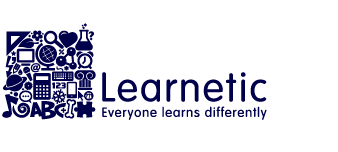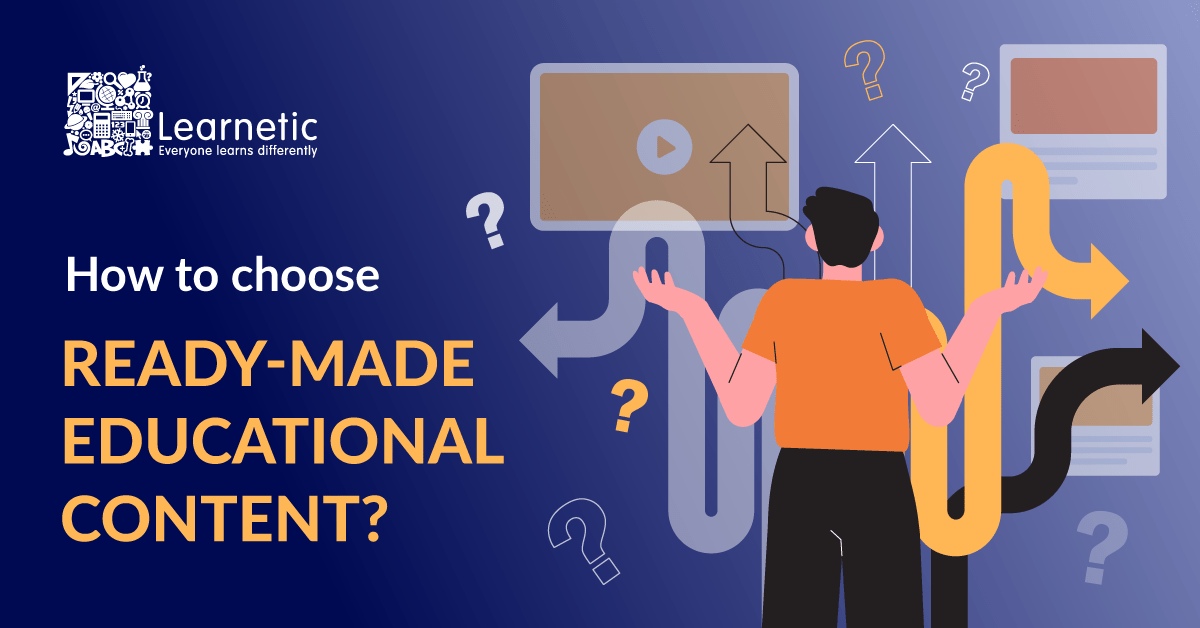How to choose ready-made educational digital content?
The changes taking place in the world of education result in an increasing openness to the use of modern teaching methods. Many publishers already offer some resources in an interactive, digital version, but in many markets, the paper version of the textbook is still dominant. The demand for digital educational materials causes openness to changes, and this demand is inexorably growing, as it is closely related to the technological progress of the entire world around us. Needless to say, there will come a time when education moves to the digital world, and the role of the publisher will be to provide the most engaging materials that facilitate learning for students.
But what if the educational publisher does not have its own resources for producing digital textbooks? There are several solutions to this situation.
Outsourcing of digital content creation
The first is to outsource the production to an experienced company that has development, editorial and, above all, substantive resources, able to create valuable materials in a given subject. This is a great option for publishers looking to digitize their own content. Depending on the size of the project, this process takes from several weeks to several months, and the effects are overwhelming. Every school subject can be shown in a digital and engaging form. What’s more important, every educational resource can be prepared in an Adaptive Learning method, which gives learners the possibility to achieve exactly the same results at school, regardless of their level of knowledge and skills.
Learn more about adaptive learning:
Take a look at the digital versions of educational materials that we’ve prepared for our clients:
Ready-made digital content
The second solution is to implement ready-made materials that can be adapted to the local curriculum and language. It is an ideal solution for publishers and EdTech companies that are looking for a convenient way to offer digital content to schools. Such materials can also be treated as a library of ready-made digital educational resources, which, after appropriate modifications, can complement projects carried out by publishing houses or EdTech companies.
The multitude of materials available on the market also offers many possibilities, so it is worth paying attention to several factors when choosing a package of ready-made content:
- Make sure that the materials are SCORM-compliant.
SCORM, which stands for Sharable Content Object Reference Model, is a set of technical standards for eLearning software resources. SCORM tells developers how to write the code so that it can “cooperate” with other eLearning software. Specifically, SCORM controls how digital content and LMS (Learning Management System)/ VLE (Virtual Learning Environment) communicate with each other. - Choose content that is really engaging.
Many providers offer “digital” content that turns out to be just a simple PDF. Check if the content you are buying is interactive, i.e.:- it has photos and video resources linked to the page,
- it has scored activities linked to the page,
- it is responsive i.e. it can be operated on desktop and mobile devices,
- it is WCAG / Accessibility-compliant,
- it has VR / AR / AI elements.
- Check if the material has a wide library and substantive scope.
It is not worth spending money on a material with a narrow scope – it’s better to buy a wide-range material that, implemented once, will be an ideal form of learning for many students, for many years.
- Choose a material with a wide range of applications.
Invest in the products that can be used as supplementary materials by students for self-study or as tasks assigned by their teachers. At the same time, they should be an excellent source of educational presentation materials used by teachers in the classroom or a part of online classes conducted using modern educational platforms.
- Choose assets that can be white-label.
The best materials are the ones you can publish under the brand of the particular publisher, organization, or even the ministry of education.
Take a look at different ready-made eContent packages available in our offer and check if they suit your current needs https://www.learnetic.com/ready-made-econtent-packages/
What should digital educational material look like?
There are several options, depending on the market readiness or the availability of technology for the use of digital materials in schools. We have prepared demo samples divided into 5 stages of digital advancement – from the simplest PDF with a few additional features, to an extensive online course that best engages its users. The level of digital sophistication addresses the needs of any publisher – regardless of the digitization stage of its educational materials.
Biology:
- Phase 1 – check here
- Phase 2 – check here
- Phase 3 – check here
- Phase 4 – check here
- Original Lesson / Phase 5 – check here
English:
- Phase 1 – check here
- Phase 2 – check here
- Phase 3 – check here
- Phase 4 – check here
- Original Lesson / Phase 5 – check here
Mathematics:
- Phase 1 – check here
- Phase 2 – check here
- Phase 3 – check here
- Phase 4 – check here
- Original Lesson / Phase 5 – check here
All the above listed educational digital content were created using our proprietary but commercially available authoring tool mAuthor, thanks to which they can be quickly and easily localized into any language and adapted to any curriculum or even to a specific textbook.
If you’d like to see how your materials
could look like in a digital version,
feel free to contact us.




